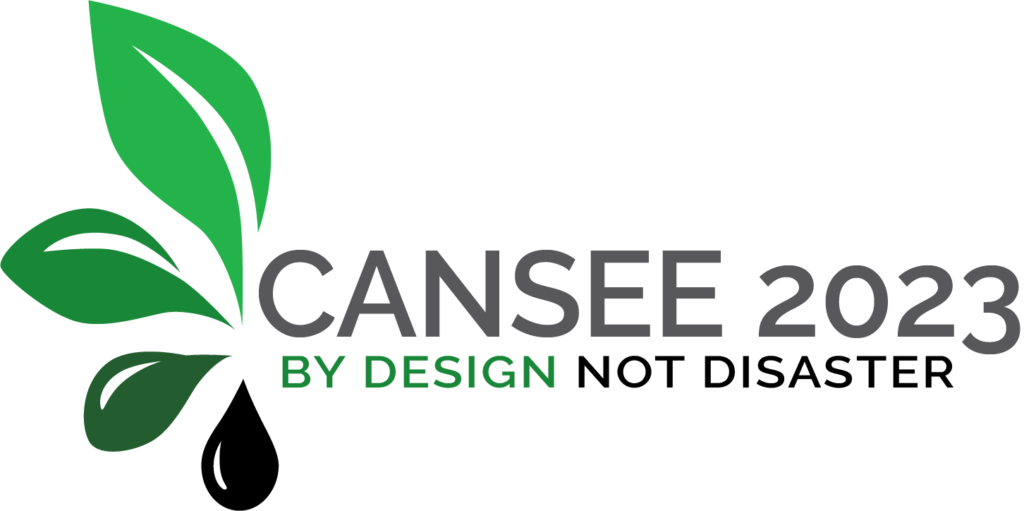
Problem Labs
Problem labs will reflect design and social innovation methodologies for systems change, filtered through the lenses of ecological economics—such as degrowth, Indigenous, wellbeing, circular, complexity, and regenerative economics. These sessions will be presented by those with direct leadership and experience grappling with complex social, environmental, and economic challenges, in public, private, and non-profit sectors. Through co-generative, collaborative problem-solving, participants will work to hone policies, programmes, processes, and products by which to build a sustainable and prosperous future.

The Vermont Foodbank (U.S.) is piloting a basic income intervention, aimed at determining whether it might be scaled up to address the root causes of hunger, and other economic inequities. The project is intended to serve as an institutional reparations effort, and is being designed by a community advisory board. Affiliated researchers are tasked with documenting the intervention’s outcomes, within the parameters of a project intended for impact rather than data collection. This problem lab probes the challenges and opportunities of conducting rigorous, useful research to support and elucidate a community-led economic intervention.

Socially-engaged arts projects can activate radical authorship from communities to re-vision how we come together in caring economies. Making With Place is a research-creation initiative that involves QTBIPOC artists expressing place, community, and culture. In this problem lab, we will explore our evolving research/design framework on arts production with place, as a form of collective care. Our questions explore how community arts learning can be mobilized to impact broader systems. How can we develop and promote pathways that actualize community artists’ skills and contributions to culture? What are the diverse roles of allyship, by which to co-create caring economies, that centre on lived experiences in systems change?

Measuring holistic and Indigenous conceptions of economic wellbeing in Eeyou Istchee is an important issue. Defining wellbeing from an Indigenous perspective, one must redefine the use and interpretation of variables used in datasets such as the census program and its adjoining Community WellBeing Index. CA Ramsay, consulting economist for the Cree Nation Government, will present the results of a recently published study on socioeconomic wellbeing, as defined by Eeyou leaders and Elders. This Problem Lab will discuss variable choice and validity, and issues of measurement, including purchasing power parity, language vitality, and availability of traditional foods.

Desirable pathways of change are difficult to design: they are characterised by multiple nuances and complexities; they can change as circumstances change; and, it can be nearly impossible to monitor and assess their success. It is often unclear what the policy implications of identifying a ‘pathway’ would be, and how a pathway could be sold to governments. Problem Lab participants will focus on these issues, addressing how we can jointly create prosperity and peace pathways—pathways that have a dynamic coherence between socioeconomic and environmental priorities, are locally valid and owned, and which guide actions towards socially-just futures.

Earth Economics has provided pro bono technical assistance to 24 Community-Based Organizations (CBOs), to advance the sustainability and resilience goals of frontline communities. Due to the lack of data in these partnerships, most of our capacity is spent on research, including the project area, systemic issues, and proposed solutions. To improve the quality, effectiveness, and efficiency of our work, our team would like to learn about best practices for community-based research and technical assistance, from ecological economists.

Presenters will showcase the problem that needs to be addressed: How can we live within our ecological limits, while ensuring wellbeing for both people and the planet, when we do not understand what those limits are. In order to effectively design sustainable, community-based, wellbeing-oriented economies, we present an ecosystem-based approach to planning. This assesses ecological limits at regional scales, and how to practice adaptive management by monitoring key wellbeing-oriented indicators.

There are 8 billion people on our planet, and there are one billion sheep. Let’s imagine there would be no other resources spent on our clothes, except the wool of sheep. No more land to be degraded by the cultivation of cotton, and no more oil to be used for polyester production. It’s a simple thought experiment for a scenario of radical limitation. A speculative lens that can enable us to develop playful tools, alternative services, and different kinds of material relationships for a planet at the limits of its resources.
Problem Lab Resources
For presenters planning a problem lab, below are a few free online resources that can serve as a point of inspiration:
DESIGN THINKING
1. Kolko, J. (2011). Exposing the magic of design: A practitioner’s guide to the methods and theory of synthesis [E-book]. Oxford University Press. https://issuu.com/acunar/docs/exposing-the-magic-of-design
2. Systems Oriented Design. What is gigamapping? https://systemsorienteddesign.net/what-is-gigamapping/
SYSTEMS THINKING
3. Meadows, D. (1999). Leverage points: Places to intervene in a system. The Sustainability Institute. https://donellameadows.org/wp-content/userfiles/Leverage_Points.pdf
SUSTAINABILITY TRANSITION
4. Beddoe, R., Costanza, R., Farley, J., Garza, E., Kent, J., Kubiszewski, I., Martineza, L., McCowen, T., Murphy, K., Myerse, N., Ogdenc, Z., Stapleton, K., & Woodward, J. (2009). Overcoming systemic roadblocks to sustainability: The evolutionary redesign of worldviews, institutions, and technologies. Proceedings of the National Academy of Sciences of the United States of America, 106(8), 2483–2489. http://www.pnas. org_cgi_doi_10.1073_pnas.0812570106
5. Gibson, R. B. (2006). Sustainability assessment: Basic components of a practical approach. Impact Assessment and Project Appraisal, 24(3), 170–182. https://doi.org/10.3152/147154606781765147
